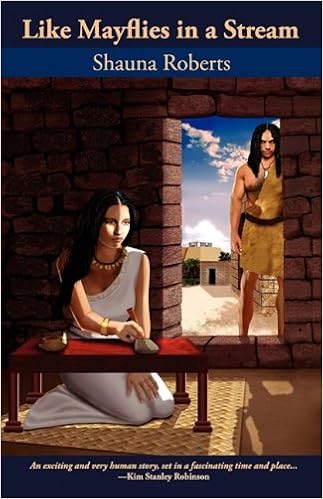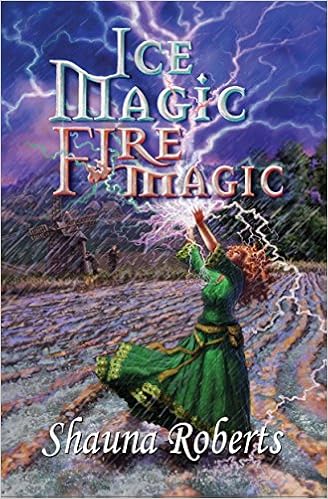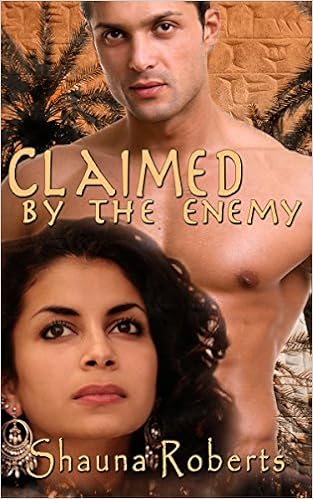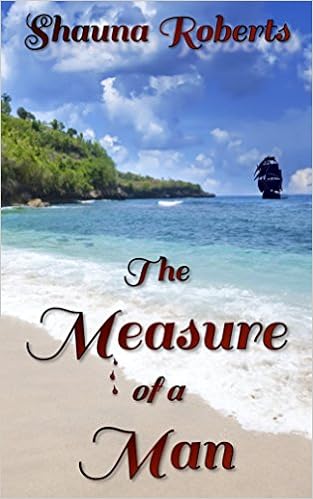Welcome to the enchanting and perilous world of Mesopotamia fleshed out by Shauna Roberts, who incorporates her expertise in anthropology and science into her historical and speculative fiction.
MJN: You have a B.A. in anthropology from UPenn and an M.A. and a Ph.D. from Northwestern
University and worked as a science and medical writer. Your fiction
covers many a genre, from sci-fi, to historical fiction, to fantasy, to
romance. Given your professional background, do you feel that one genre comes
you to more organically than another?
SR: Historical fiction seems to come most naturally. I’ve
read a lot of history and biography and visited many historic places. Those
experiences combined with my anthropology degrees make me aware of basic facts
such when various things were invented, where foods were domesticated and when,
what characteristics do most cultures share and what traits are particular to
modern Western societies, and so on. As a grad student and again as a medical
writer, I did a lot of research and learned how to dig up obscure data. As a
result, getting the history and culture right is a lot easier for me than for
people without my background.
MJN: One of your early novels, LikeMayflies in a Stream is a story of Gilgamesh. Several authors have tapped
into one of the world's oldest myths. It's so timeless and can be adapted to
suit any ideology. You've been commended on your strong female protagonist. At
the same time, one of the reviewers pointed out that your protagonist is not a
child of the 60s or a modern 2nd-wave feminist. So many authors make the
anachronistic error of imposing 20th and 21st century ideas onto a character
who lived thousands of years ago.
SR: Again, I credit my anthropological training and
extensive reading in history and biography. I’m aware of many ways of being a
man, a woman, a child, a human being. I try to get into the mindset of my
characters based on what I know of their time period, social class, and
expected roles, and I try not to assume anything (which is, of course,
impossible, but it’s the right goal to aim for).
One problem
with historical fiction from major publishers is that they underestimate
readers’ ability to put themselves in someone else’s sandals/boots/sabots and
discourage writers from giving main characters ancient or “foreign” attitudes.
Publishers want to buy books with characters “readers can relate to”—code for
characters that think and act like 21st-century Americans.
Meanwhile,
historical fiction fans I’ve talked to read historical fiction precisely to
experience life in another time and place. They’re intrigued or curious or
shocked by people who enjoy eating bugs and girls who have to marry and run a
household at age 13 or 14 and court ladies who pee in public in the hallways of
the palace of Versailles. I suspect a lot of the appeal of Outlander and
its sequels—besides Jamie, of course—is learning along with Clare just how
different life and basic beliefs were only 250 years ago in Scotland.
Publishers’
timidity and underestimation of readers has been a boon for small presses. Many
small science fiction and fantasy presses are turning out books that on average
are better and more true to human nature than large presses. These presses tend
to be more concerned with publishing excellent books and less concerned with
publishing blockbusters.
One example is
Hadley Rille Books, which published Like Mayflies in a Stream in 2009
and just published my fantasy novel Ice Magic, Fire Magic. HRB insists
on archaeological and historical accuracy and scholarly extrapolation when
facts aren’t available in its Archaeology Series novels, which are historical
fiction, usually set in ancient times. HRB is also expanding its offerings of
fantasy with women main characters because the women in sf/f books from large
publishers represent such a small sampling of the many types of women there are
and the many ways they can be heroic.
MJN: Mesopotamia is not a very
common setting for historical novels, so I applaud you for venturing into the
underexplored territory. There are so many cable shows set in Ancient Rome.
Does that present a problem while pitching your work to publishers? On one
hand, publishers don't want a topic that's already been done to death. But then
they don't want something that's obscure.
SJ: I’ve loved ancient Mesopotamia since I read History
Begins at Sumer by Samuel Noah Kramer back about 1972 or 1973. Why are
there 60 minutes in an hour and eggs and other products are sold by the dozen?
Why are sheep woolly? Why is the world’s first known literary writer and poet a
woman? How could the first civilization start in a desert lacking almost every
natural resource? Why do many Bible stories include elements of Mesopotamian
stories of much earlier times?
It’s amazing
to me how much we still depend on technology and practices developed thousands
of years ago in Mesopotamia.
You are right;
it would have been a problem to try to find a major publisher for my past and future
Mesopotamia books. That’s why I was so glad to hook up with Hadley Rille Books
for my first novel. My second Mesopotamia book, Claimed by the Enemy,
was too long and relied too much on extrapolation for HRB’s Archaeology Series,
so I self-published it. I never considered a large publisher. I wanted the
characters to be true to their time and their time’s expectations for men and
women, and I wanted to tell the story from a feminist perspective as I did with
Like Mayflies in a Stream. (Men enjoy both books, by the way; they’re
not stories solely for women.)
I assumed I
would get cross-over readers from among fans of novels set in ancient Egypt,
ancient Rome, and ancient Greece. So far that hasn’t happened. I still hope it
will. The eras and places share many cultural elements, including interesting
mythologies and practices that continue to the present day.
MJN: In your recent fantasy IceMagic, Fire Magic you have a land called Veridia. I imagine, the name could
mean Green and Truthful. Do you rely on any particular language or folklore
when coming up with fantasy names?
SR: Yes. For IMFM, every name is rooted (ha ha) in
botany. Fila, the heroine’s name, is a shortened form of “filia,” meaning
“daughter’ in Latin and “love" and “friendship" in Greek (φιλία). Her
brother’s name, Urushi, came from “urushiol,” the allergenic substance in
poison oak, poison ivy, and some other poisonous plants. Hero Celatu got his
name from “celatus,” meaning hidden or concealed. Fila’s cousin Kassia was
named for the genus Cassia, some of whose member species have poisonous seeds.
Some names are completely obvious—Hyacinth and Astilbe, for example.
I wanted the
name “Veridia”’ to represent greeness, fertility, youth, and lushness. It was
inspired by “veriditas,” a word combining “green” and “truth” and often used by
composer, poetess, and abbess St. Hildegard von Bingen to mean "green fire
and energy" and to imply redemption, flourishing, knowledge of the world,
and the divine as mainfested in the world in everything—every creature, every
leaf, even every stone. For more about Hildegard and her concept of
“veriditas,” start with these two blog posts: http://www.beyondthefieldsweknow.org/2012/10/viriditas-visions-of-green-saint-mary.html
Our age has
lost its connection to the natural world. Some modern people don’t know the
names of common trees or flowers; they don’t recognize the smell of a tomato
plant leaf or a mint leaf; they’re afraid of all spiders and snakes, not just
the harmful ones. In IMFM, I wanted to recreate what it was like when
humans were integrated into their environment. So the characters know the names
of the animals and plants they encounter and what the properties of different
plants are. Some are at home in the woods. The weather reflects Veridia’s
moods. For the world of IMFM, I used the plants, animals, and insects
and some of the geology and geography of southwestern Ohio.
MJN: I'm intrigued by TheMeasure of a Man - a 57 page novella that combines elements of fantasy,
history, sci-fi and horror. Zombies on a 16th century island? Is this novel
considered a pilot? Have you considered turning it into a novel and launching a
new brand of hybrid?
SR: "The Measure of a Man" started as a short
story of 7000 words, but it felt too compressed. Too much was happening for the
number of words, and it needed more room to breathe. So I expanded it
considerably until it felt right. I’ve occasionally considered writing a
sequel, but nothing yet has intrigued me into going further. I was interested
in the intersection of the three men’s lives at this one moment, not in what
came before or after, and I captured that moment.
Anthropologists
had collected many stories from Flores Island about little hairy people who
didn’t wear clothes, couldn’t talk well, and occasionally came down from their
caves to trade for goods or to steal stuff from the villagers. The stories
implied that these people had lived just a few generations before, although of
course some stories can be passed down orally for hundreds or thousands of years.
When bones of a new, tiny human species, Homo floresiensis, were
discovered on Flores, many anthropologists thought they had found the little
hairy people of legends. Part of the impetus of this story was the question,
What if Homo floresiensis had survived into modern times?
The other
impetus was my desire to examine the concepts of honor, duty, and manhood from
the viewpoints of three very different men faced with the most important
decisions of their lives. Will they do what is right or what is easy? How do
their views of themselves as men affect their decisions? Are their concepts of
manhood positive (these are principles I should follow to be a good man) or
negative (if I do this, people will think I’m childish, a coward, a bad
husband, a bad neighbor). Many societies place heavy burdens on men to live up
to certain ideals, and I wanted to feel what that was like.




No comments:
Post a Comment